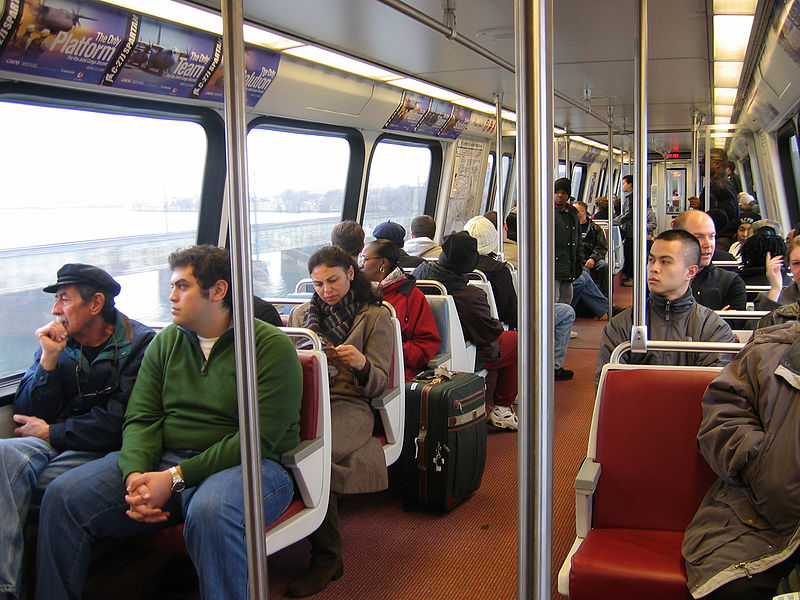Metropolitan transportation networks are critical for a region’s economic competitiveness. Public transit is a key component of the economic and social fabric of metropolitan areas. While commuting to work is only one reason residents may use a transit system, it is a dominant use: Commutes make up the largest share of transit trips nationwide.
Improving transportation connections to employment enhances the efficiency of labor markets for both workers and employers. Years of study, research and practice have tried to address the vexing logistical problems stemming from lack of access to transportation in major metropolitan areas. Today, transportation analysts increasingly consider accessibility to be a better measure of system performance than traditional mobility. It is at least as important for metropolitan residents to be able to access a range of activities, such as jobs, via the transportation system, as it is for systems to simply move vehicles faster and reduce travel times.
The effectiveness of transit depends upon its reach, frequency, and where it goes.
An analysis of the public transit systems serving the Washington, D.C. region finds that:
- Nearly 90 percent of residents in the Washington, D.C. region live in neighborhoods with access to transit coverage of some kind, whether bus, Metrorail, or commuter rail.
- Due to broad transit coverage and proximity to job centers, job access via transit is strongest in the District, Arlington, and Alexandria, with access rates dropping based on distance from the core.
- Transit does a better job providing high-skill residents access to high-skill jobs that it does mid-skill residents to mid skill jobs and low-skill residents to low-skill jobs.
- In many cases, housing costs are out of reach for low- and mid-skill workers in areas identified in this report as offering strong transit access to employment.



